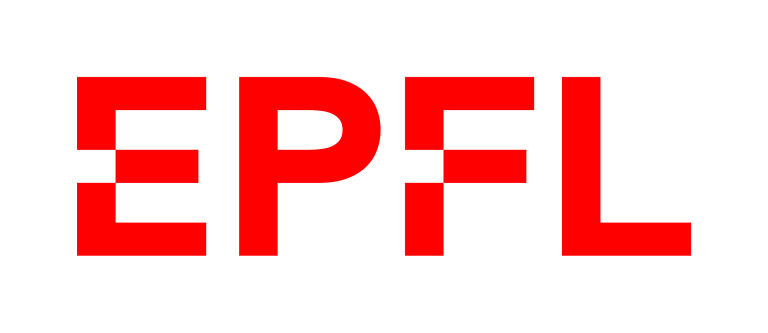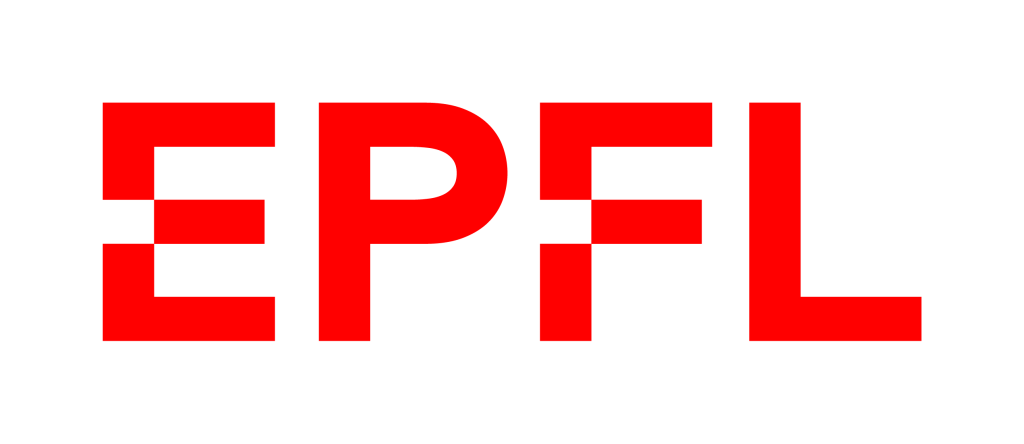Second-generation Microfluidic Drug Testing on Solid Tumor Biopsies for Guiding Clinical Therapy
Short Summary
We have previously developed a droplet microfluidic system enabling to test drug combinations directly on patient samples1. Instead of using conventional large test tubes, the assays are carried out in droplets that are so small that they cannot be seen by the naked eye. Due to the miniaturized volumes, several thousand assays can be conducted on very limited primary tumor cells e.g. from solid biopsies. Based on significant international funding in the past, we were able to make the technology more robust and already started pilot experiments in the clinic. However, as none of the previous grants funded further research and tech development, the full potential of the platform has not yet been unleashed. The aim of the current proposal is to bring second-generation platforms to the bedside, enabling a much more global view on patient’s response to drugs, facilitating even more physiological diagnostic “systems” approaches and to obtain orders of magnitude more data points per tumor sample
Goals
The current project will focus on five main aims:
1. integration of multiplexed cutting-edge sequencing approaches to determine the effect of all tested drug combinations in detail
2. identification of biomarkers that can predict therapy outcome
3. use of microscopic tumor slices rather than less physiological cell suspensions
4. upscaling and simplification of the microfluidic technology to enable routine use by non-specialized staff in the clinic or at third party diagnostic laboratories
5. determining the clinical benefit of the 2nd-generation platform
Significance
Given that our first-generation microfluidic platform is already being used in a clinical context, the seamless inclusion of the above aims into translational efforts is guaranteed. This is further facilitated by a large network of clinical collaborators and industry contacts, with a special emphasis on strengthening the Lac Leman area.
Background
With ~19 million new diagnoses, 10 million deaths and total economic costs of 1.14 trillion US$ per year, cancer is a major burden for society. One reason for the high mortality and cost is due to the fact that every tumor responds differently to medication. Even worse, tumors rapidly change their response to drugs over time and develop resistances. This leaves patients in the highly uncomfortable position to undergo suboptimal standard therapies with unclear outcome and high mortality. What is needed is a system allowing to rapidly and economically test which drug or drug combination works best on the tumor cells of a given patient, at a given point in time.
Publications
Patents / Startups
Publications
Patents / Startups
- TheraMe! AG, based in the EPFL Innovation Park.







